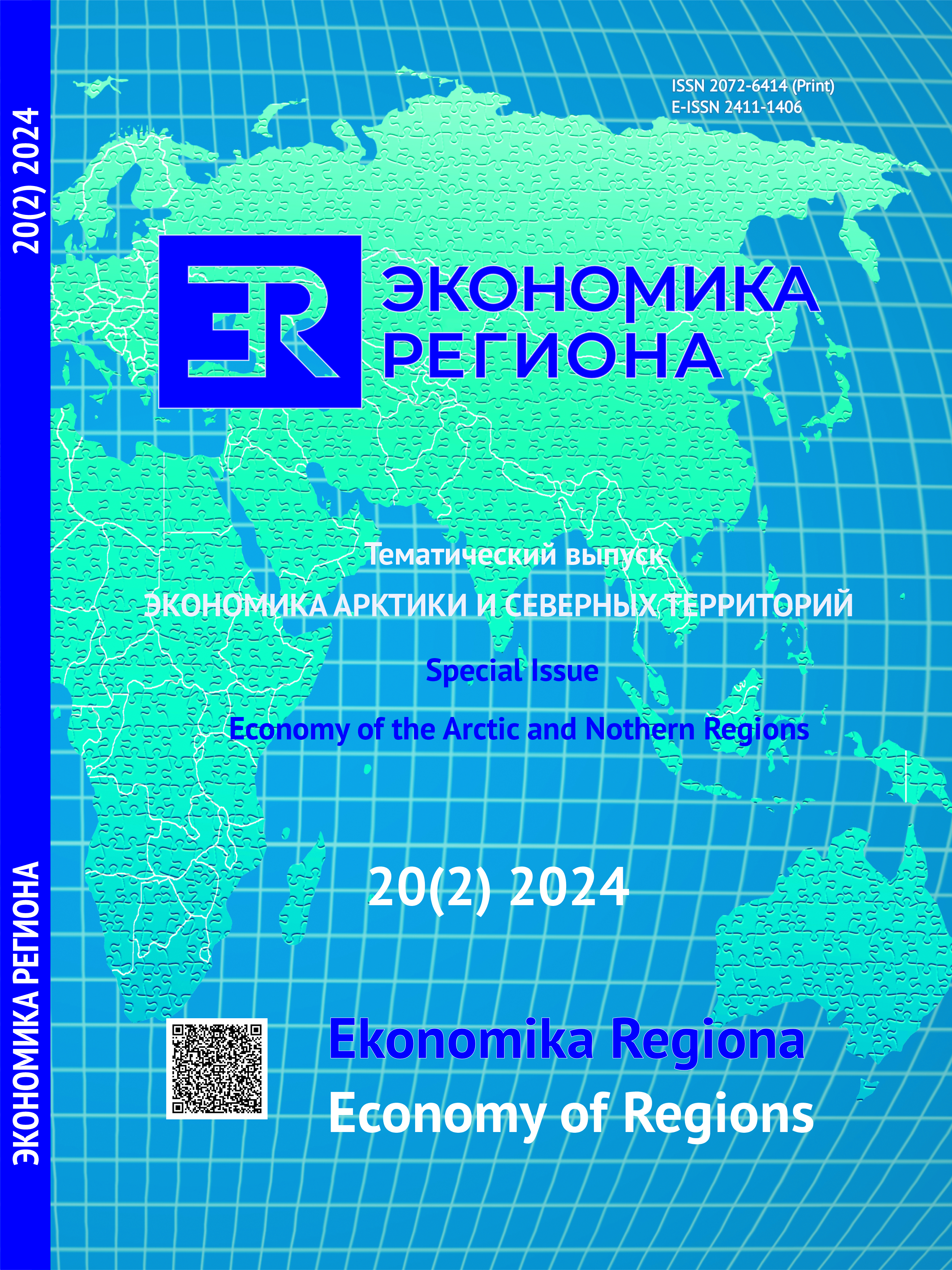Multidimensional Demography: A New Approach to Assessing the Human Resources of the Russian North
DOI:
https://doi.org/10.17059/ekon.reg.2024-2-4Keywords:
Russian North, human resources, demographic structures, education, labour, censuses, multidimensional demographyAbstract
Over the past three decades, the population of the Russian North has decreased by almost a quarter. Simultaneously, an increasing share of pensioners may negatively affect the availability and quality of labour resources in northern regions. The article examines the dynamics and structure of human resources in 13 regions of the Russian North in the 21st century using multidimensional demography. This approach, along with the main demographic indicators (sex, age) varying in time and space, involves considering such additional characteristics as education and labour force participation. This view of demographic processes can reveal whether an increase in education or employment (qualitative characteristics) can help reduce negative trends in the quantitative characteristics of human resources. The average duration of education of the total and employed population was compared. Indicators of the total duration of education and education costs were used to assess the value of the accumulated educational potential. According to the calculations, in 2002–2010, the total duration of education of the employed population decreased only in 3 of the 13 northern regions and remained at the 2002 level in 3 regions. In 2010–2021, this indicator already decreased in seven constituent entities and remained at the 2010 level in three regions. The total loss of educational potential of human resources amounted to 4.1 million person years of education. To remedy the educational potential in 2020 prices, more than 600 billion roubles of budgetary funds would be needed. The occurred transformations are clearly demonstrated by sex-age-educational pyramids. The study showed that negative demographic trends in the Russian North almost cannot be reduced by improving qualitative characteristics. The findings can be applied to develop demographic, social and labour policies, and to construct demographic forecasts.
Downloads
Published
How to Cite
Issue
Section
License
Copyright (c) 2024 Фаузер Виктор Вильгельмович , Смирнов Андрей Владимирович

This work is licensed under a Creative Commons Attribution 4.0 International License.




